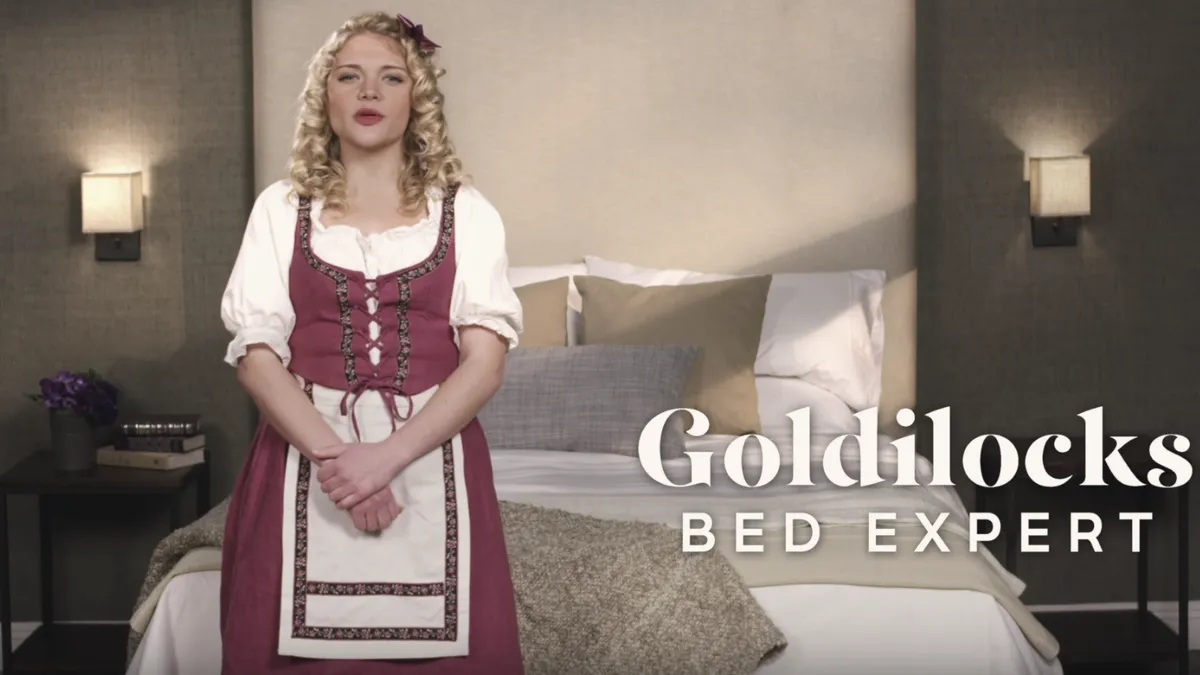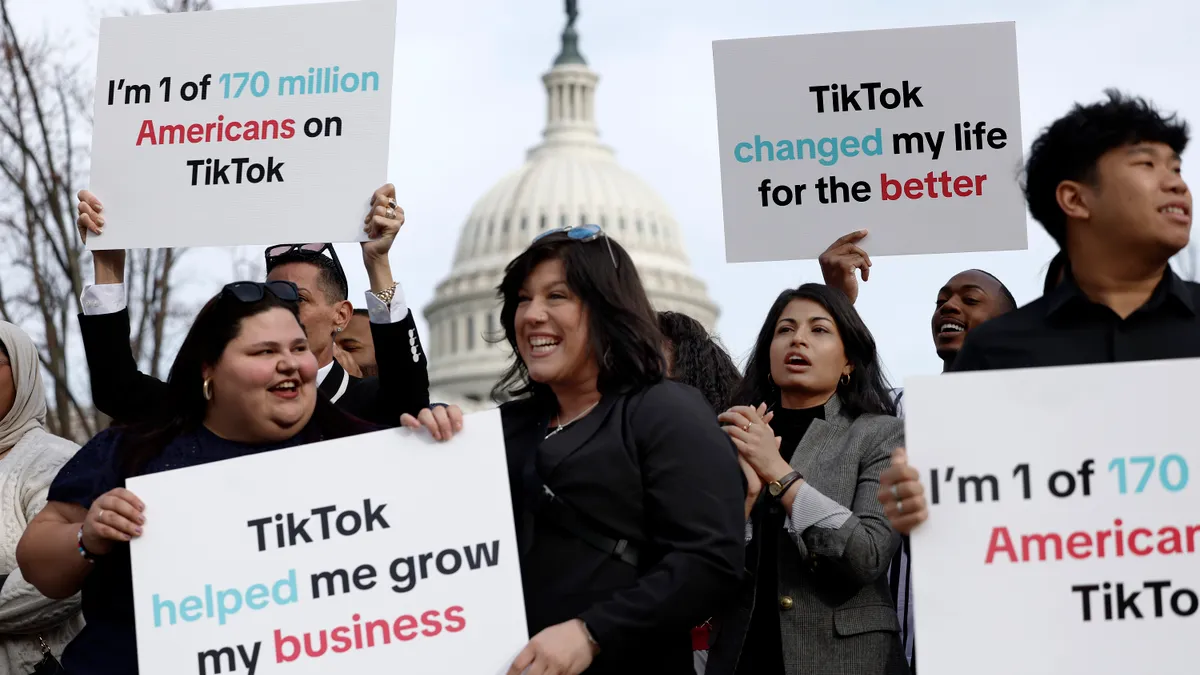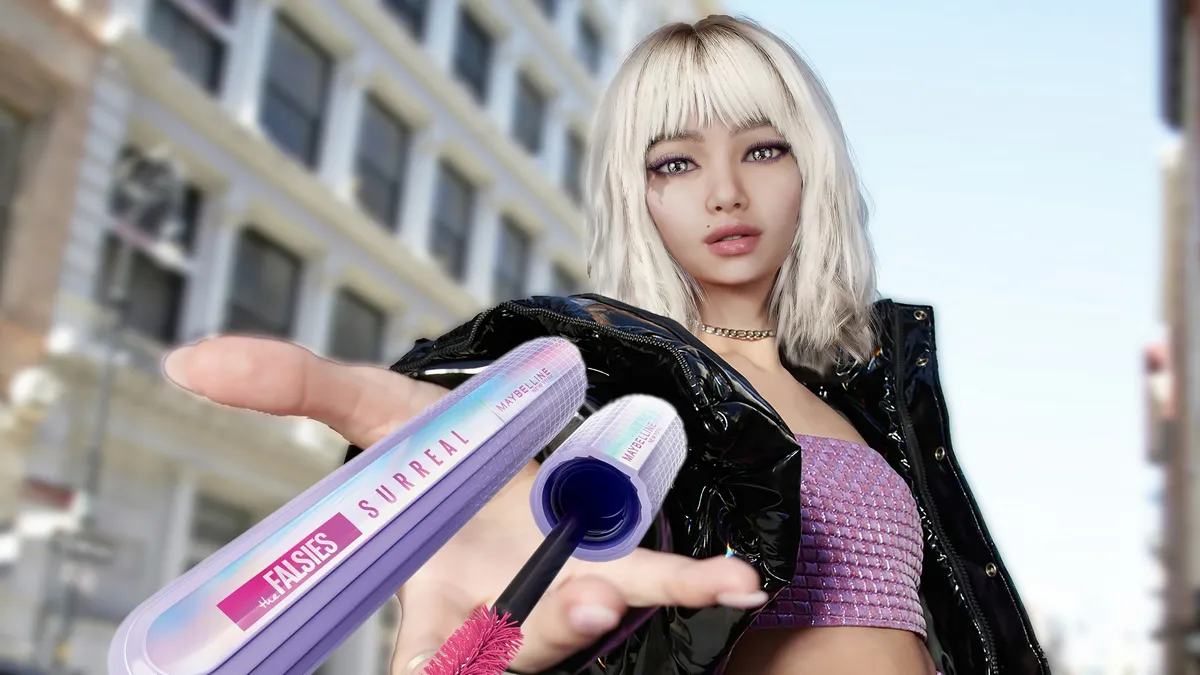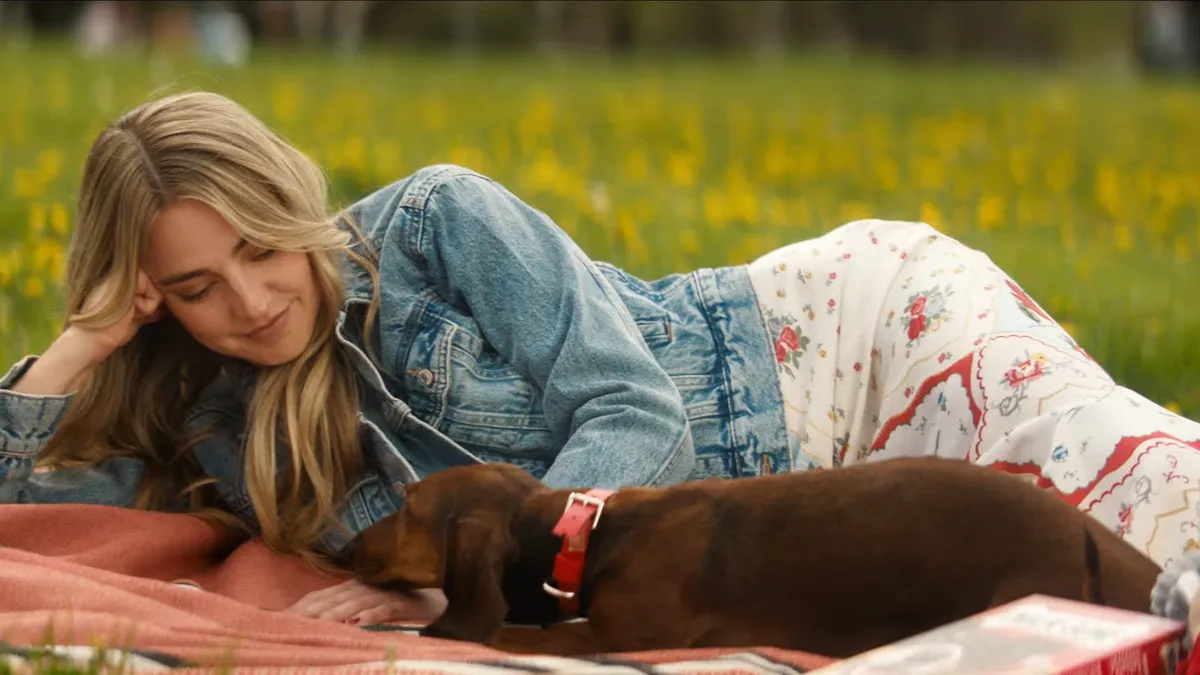The worst way to manage a video marketing campaign on Facebook and YouTube is to produce one and then sit back hoping it goes viral. That's according to Alex McArthur, chief marketing officer for the mattress company Purple, who might know a thing or two given his success in the space, with some of the brand's ads netting more than 53 million views.
Since its launch 18 months ago, Purple has been running an ongoing video campaign on social media using a quirky education-and-entertainment approach that it claims helped drive $75 million in online sales in 2016. Taken together, Purple's videos have amassed more than 500 million views.
But the key to the campaign's success is the majority of those views have been part of purchased advertising. Rather than hoping its video ads catch on, Purple continuously primes the pump by buying social media advertising and placing its videos in front of various target audiences.
"Most companies that go with video either go with traditional TV or they create what they perceive as viral videos, meaning they launch it and hope that it catches on," McArthur said. "Maybe they try to seed that with PR or partnerships [with] influencers. But the reality is that's really tough to scale. But you can scale advertising."
Honing an audience
Since everybody sleeps, Purple can push its video ads out to a wide variety of target audiences, according to McArthur. However, he added that there are events in people's lives, such as getting married, divorced or moving out of the house to go to college, where people are more likely to be in the market for a new bed.
It's not that Purple videos lack viral qualities. The company is simply not waiting around for shares to happen.
"We do run a heavy amount of advertising, and a lot of those people end up sharing the content," McArthur said. "It does have that viral nature to it, but very few of our videos are traditionally viral videos that did not have advertising behind them."
Purple chose online video as its lead marketing strategy because the medium is inexpensive, helps people get familiar with the brand and allows Purple to differentiate its product, per McArthur.
"The reality is mattresses aren't a sexy topic to most people," he said. "So we had to get in front of people and communicate the difference in the product because the material in Purple is drastically different than anything else out there."
Breaking from the bland
Beyond helping Purple differentiate its product, online video has also been instrumental in differentiating the Purple brand from the rest of the industry, according to McArthur.
"The bedding industry has typically been very bland," he said. "There isn't a lot of personality in the marketing collateral. Our story is very different. We have a personality. We try and be approachable and relatable, not stiff and overly professional, and that has resonated with a lot of people."
In one four-minute video, for example, a woman dressed as Goldilocks demonstrates how traditional mattresses are inferior by dropping a 330-pound sheet of tempered glass on hard, soft and medium mattresses with raw eggs on them.
In the case of the hard mattress, the eggs break because there isn't enough give. In the case of the soft mattress, the eggs break because it doesn't offer enough support. In the case of the medium mattress, the eggs break because it doesn't offer much of either.
And, of course, in the case of the Purple mattress, the eggs remain unbroken.
As of this writing, the Goldilocks video has had more than 53 million views.
Shaping to a social mold
Purple's video campaigns mesh well with the kinds of content people expect on social media, said Clair Bergam, an associate director at ad agency The Media Kitchen who manages online video campaigns for clients.
"A lot of the content you see on YouTube has that talking head, vlogger, do-it-yourself feel," she said. "They [Purple] created an asset that played really nicely to the content that consumers expect to get on YouTube."
"YouTube gives you a platform where you can do something a little weird," Bergam added. "Making sure you have the platform in mind when creating an asset is the No. 1 step in achieving a successful campaign."
The average view time for Purple videos is two minutes, according to McArthur.
"So even if a certain percentage drops off really quickly, enough other people are watching to the end that the average is close to two minutes," he said.
McArthur claims that, in a given week, Purple has as much or more engagement on social media than the rest of the bedding industry combined.
"Some weeks that's not the case, but on a very regular basis if you add up all of our engagement, it equals more than everybody in the bedding industry as a whole," he said.
TV's low-cost alternative
McArthur said he believes social media video advertising's low cost and measurability will lead to widespread adoption soon.
"Pushing video on low-cost channels to mass audiences is not something that has been widely adopted yet, but I believe will be in the next few years," he said. "Where another company might say: 'We need to spend millions of dollars launching on TV,' well, for us we were able to get millions of people for pennies on the dollar."
"Social media is a true platform now, and you can measure it as well as you could with AdWords," he said.
Nick Barber, a Forrester analyst who specializes in video technology, added that online video can be measured second by second.
"If we notice a big drop off in the first few seconds, then our intro clearly was not engaging," he said.
So far, Purple has produced just shy of 40 videos, some of which have had more than 20 versions tested before settling on a final cut. Also, some of the videos have had more than 20 introductions and so-called "outros" tested, according to Purple.
McArthur said that with social media advertising it's possible to spend $100 to test a video and see if it works and, if not, to tweak it and spend another $100 on another test.
"When you find the experience people like, you can really scale it," he said.




















